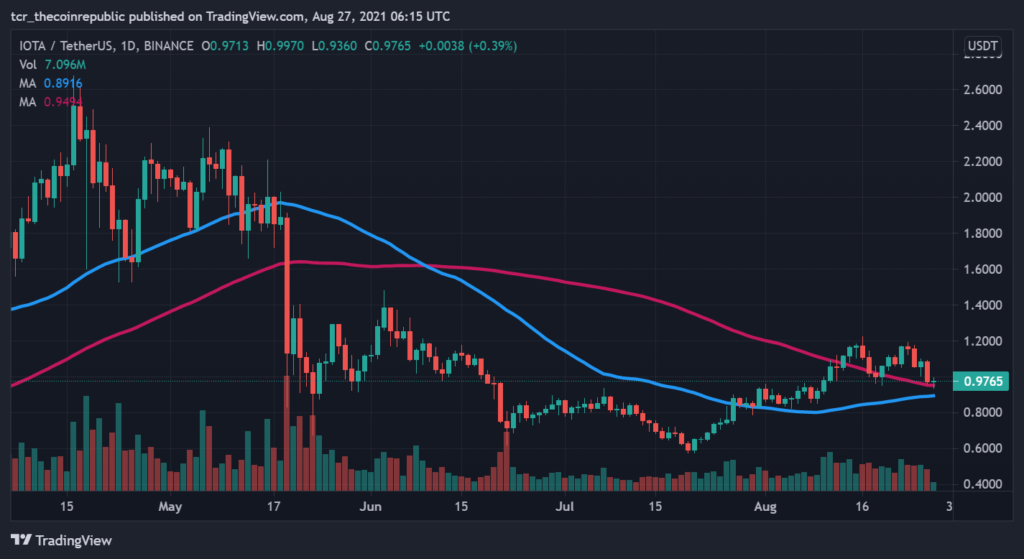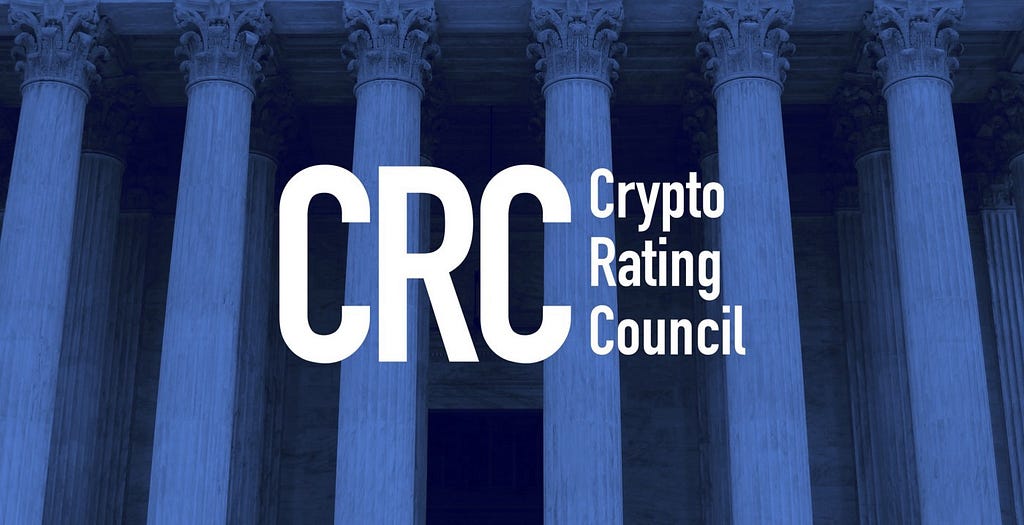

This was attained by a transitional update called Chrysalis.

IOTA Foundation’s goal was the optimization of its mainnet before coordicide and to provide ecosystem with an enterprise suitable solution. It is noteworthy that IOTA coin price saw a surge in later years, with team debating that a mammoth supply level of coin will make it fit for “tiny nano transactions” bill that’ll probably be seen through IoT devices. Given that BTC was having a value of $325 at that time, this might’ve been stemmed into a considerable windfall for team in later years. In 2015, a whopping 999,999,999 were sold during crowdsale, which returned a revenue of 1337 Bitcoin for Iota foundation. If you want to invest in IOTA, now is a relatively good time. The price is very low due to the bear market and you can accumulate many MIOTA tokens with your investment. The potential of the network is still extremely high, but the market has not forgotten the incompetence of recent years.Īn investment in IOTA could be a risky move where you can make a big profit in the future. As a supplement to “safer” cryptocurrencies such as Bitcoin and Ethereum, a long-term investment could be worthwhile.IOTA’s native coin MIOTA has a total supply of 2.78 Billion, and all coins are currently in circulation, with a volatile Iota price history.ĭuring crowdsale, IOTA crypto was billed in form of a utility token, which can be utilized for transacting across network, instead of being a profit sharing coin. Optimists continue to hope that MIOTA could soon revisit an all-time high and eventually see $10. Earlier moon prices like 50 dollars do not seem very realistic at first. To do this, IOTA has to take an extremely important step towards decentralization and scalability. MIOTA course in the last 12 months, source: Coinmarketcap Currently, the MIOTA price is only $0.34 and the cryptocurrency has arrived at number 55 of the coins with the highest market capitalization. MIOTA has been in this area around number 50 for some time.


In 2017, the price of MIOTA surged above $4 as part of the major bear market at the turn of the year. But in the years that followed, IOTA was never able to reach this price again. The potential is still there, but skepticism prevails after years of standstill. Should the network actually solve its problems with scalability and decentralization in the coming months and years, IOTA could at least slightly catch up with modern networks such as Cardano, Solana or Avalanche.
#Iota coin news upgrade#
To solve the problems of decentralization and scalability in the network, IOTA has been relying on Coordicide for some time, an upgrade of the network that is intended to make it decentralized and more scalable. Most recently, IOTA released the Shimmer and Assembly networks on the Tangle. By 2022, the network will not have reached a modern technical level in the blockchain area.Ĭan the network become relevant again in 2022? Many of the original founders dropped out of the project, so Dominick Schiener took over the management of the project. The partnerships with the big companies bore no fruit due to the technical standstill. Many other projects overtook IOTA in technical aspects. Further development stopped in the following years. The Tangle could not be designed in such a way that the network had true decentralization. IOTA is a blockchain project that started in 2016 and wanted to implement fast transactions between devices in an “Internet of Things”. One of the co-founders was the German Dominick Schiener and the development of IOTA took place in the German capital Berlin.ĭue to its blockchain concept, which was extremely revolutionary at the time, IOTA experienced extreme hype in the 2017 bull market. Instead of a blockchain, IOTA uses a three-dimensional tangle in which the transactions are to take place. Partnerships with large companies like Bosch created a massive rush of investors to the token, which temporarily brought the cryptocurrency to number 4 of the coins with the highest market capitalization.Īfter the hype surrounding IOTA in 2017, the foundation behind the project was, unfortunately, unable to keep the promises of an extremely efficient and decentralized network.


 0 kommentar(er)
0 kommentar(er)
